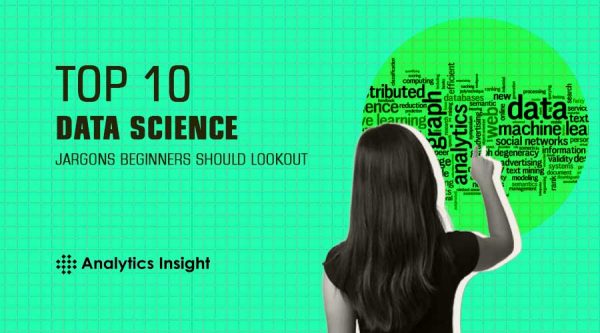Given how rapidly the data science industry is expanding, the number of people interested in making a career in the same comes as no big surprise. As a matter of fact, the profession of a data scientist is one among the most sought-after ones. If you aspire to become a data scientist, having a fair understanding of the terminology pertaining to data science is important. Well, you have got nothing to worry about as you have landed at the right place. In this article, we will throw light on the top 10 data science jargon that beginners should look out for. Have a look!
Big data
Well, the name itself talks about what it actually means. It is nothing but collection of large and complex data. As data keeps growing, it becomes “big data” – eventually turning into humongous data set. Additionally, certain machine learning algorithms are applied so as to find patterns in the data thereby enabling the data scientists to make predictions.
Data wrangling
As data is quite random and raw, it is not possible to work on it to get the desired results. This is the reason why the raw data needs to be tamed until it works better in a broader workflow or project. If wondering what taming is, then it is nothing but making values consistent with a larger data set. Well, that’s not all. It also means replacing or removing values that might affect analysis or performance later, etc.
Bayesian network
Data is random and humongous at the same time. Thus, the requirement for a graphical model that shows the relationships of such random variables is critical. This is where the Bayesian network comes into play. This tool can help you understand future events by using past data and assigning probabilities to make predictions for future outcomes, thus playing a pivotal role in data science.
Machine learning
Machine learning is yet another common term used in the field of data. It is a process wherein a computer uses an algorithm to get a fair understanding of a set of data. On that basis, it makes predictions. With machine learning in place, organizations are in a position to make the best possible decisions.
Linear regression
As a data scientist aspirant, you must have heard this term quite often. Well, linear regression is a statistical method employed for predictive analysis and structuring regression models. This method is primarily used to find a straight line between a known independent and dependent output variable. The purpose behind this is simple – to find the strength in the relationship between the variables.
Visualization
Data scientists are required to graphically represent data that summarizes insights and findings. This is what visualization is all about. With visualization in place, one can present data in a more impactful, insightful, and easy-to-understand way. All this throws light on why learning how to use visualization is a key to becoming a good data scientist.
Neural Networks
Simply put, neural networks are algorithms that replicate how the human brain works. The main objective of these algorithms is to classify and label datasets. An important point to note is that Neural networks have an input layer, a hidden layer, and an outer layer.
Pre-trained model
The name itself is evident as to what purpose it is intended to serve. Such a model helps in solving a previously similar problem at the time of building new models. The best thing about pre-trained models is that they can be fine-tuned to adjust parameters and variables. With such models in place, data scientists can aim to minimize costs and save time, and also come up with better and more accurate results.
Business intelligence
Data is of numerous types and requires different methods to analyze each of them. One such way to analyze highly structured and static data is business intelligence. Here, the focus is on present data as well as historical data in order to come up with solutions. With business intelligence, organizations can grow and succeed by identifying business trends.
Cluster Analysis
Cluster analysis is nothing but making use of unsupervised learning algorithms in order to group data points based on similarities with no outcome variable. This type of analysis holds profound importance in the field of data as it shows patterns within clusters, between clusters, and the cluster groups that are most similar to each other.
Source: analyticsinsight.net









